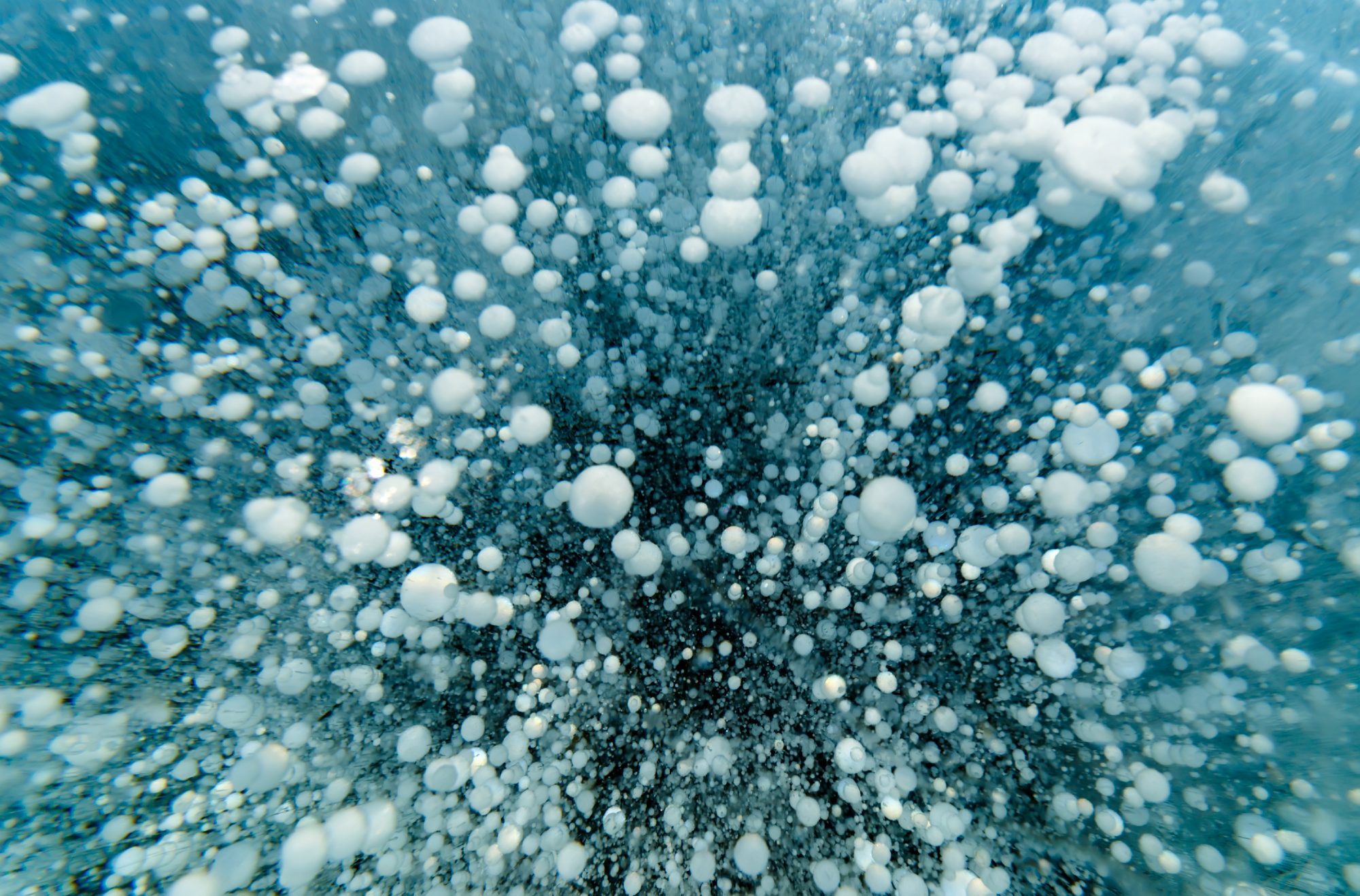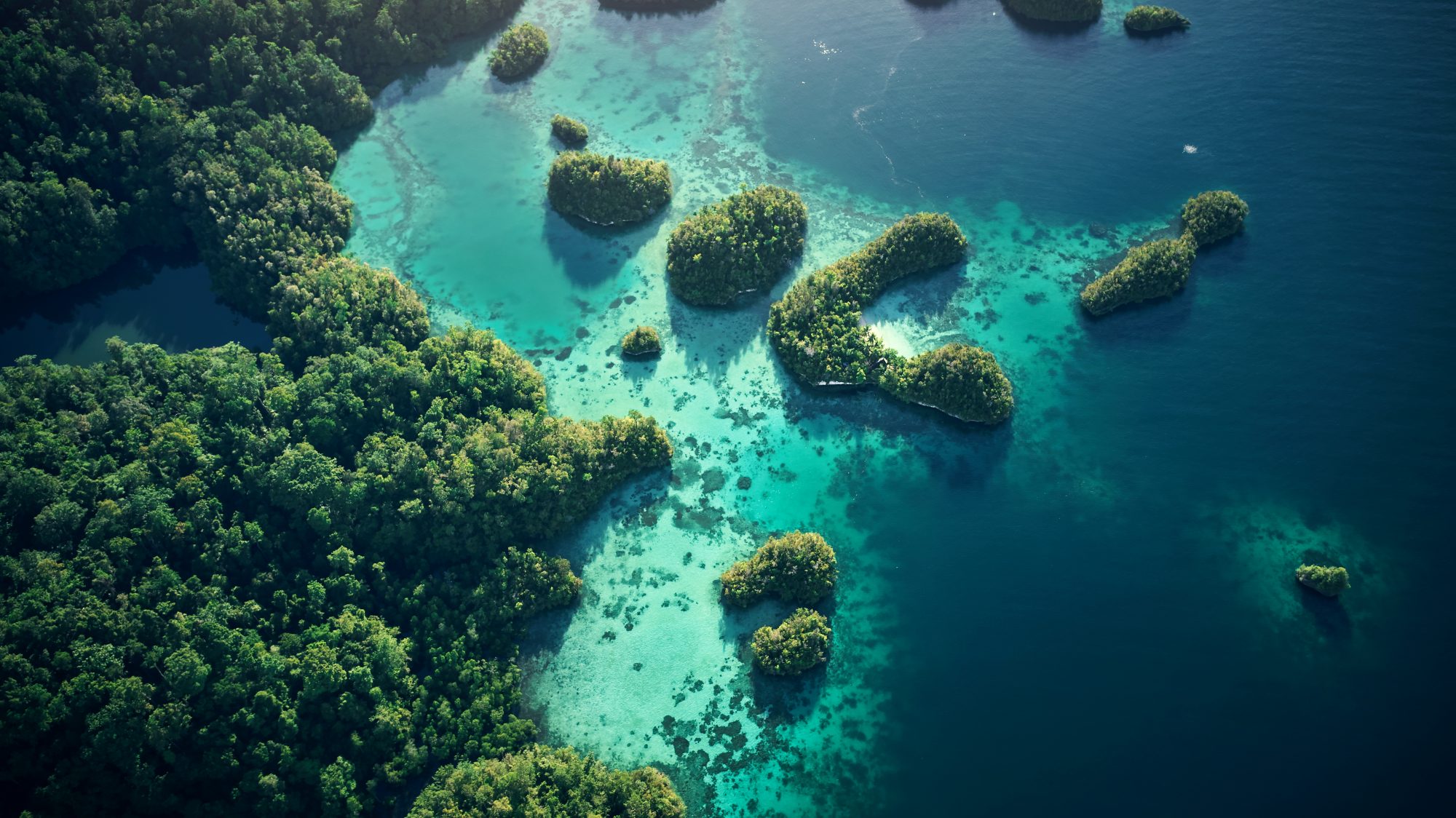Coastal ecosystems everywhere can absorb greenhouse gases. Known as vital ‘carbon sinks’, researchers are now exploring which ecosystem is most beneficial to curb emissions
Coastal ecosystems can be net greenhouse gas sinks for carbon dioxide (CO2) International researchers working under the auspices of Australia’s Southern Cross University have discovered. These carbon sinks regulate global temperatures and ecosystem patterns, and are vital for reducing the emissions we generate.
However, emissions of methane (CH4) and nitrous oxide (N2O) counteract some of the CO2 uptake.
Coastal ecosystems can range from tropical lagoons to polar fjords, from mangrove forests to underwater seagrass communities. Many ecosystems act as a natural defence, and produce lots of oxygen.
Today, Nature Climate Change published the ground-breaking study titled “Coastal Vegetation and Estuaries: A Collective Greenhouse Gas Sink,” revealing the latest discoveries regarding the global and regional balance of coastal greenhouse gases (CO2 + CH4 + N2O) in ten key areas worldwide.
The new findings of the ‘greenhouse gas budget’ shows that which coastal ecosystems provide the most greenhouse gas balances (CO2 + CH4 + N2O) in ten world regions.
Can these carbon sinks curb human impact?
With potential to curb human impacts – by reducing nutrients, organic matter, and wastewater inputs into coastal waterways – these ecosystems can reduce the amount of CH4 and N2O released to the atmosphere.
The global team of scientists from Australia’s Southern Cross University looked at ten different world regions:
- North America
- South America
- Europe
- Africa
- Russia
- West Asia
- South Asia
- East Asia
- Southeast Asia
- Australasia
Dr Judith Rosentreter, Senior Research Fellow at Southern Cross University, said:“Understanding how and where greenhouse gases are released and absorbed in coastal ecosystems is an important first step for implementing effective climate mitigation strategies.
“For example, protecting and restoring mangrove and salt marsh habitats is a promising strategy to strengthen the CO2 uptake by these coastal wetlands.”
Which coastal greenhouse gas sinks are the most carbon-absorbing?
Observing 738 sites, data was compiled to quantify CO2, CH4, and N2O fluxes in estuaries and coastal vegetation in 10 global regions.
Special coastal features (climate, hydrology, abundance) in each region around the world drive the greenhouse gas (GHG) uptake and/or release from coastal ecosystems.
The strongest coastal greenhouse gas sinks were:
- The archipelagic region of Southeast Asia, because of its extensive and productive tropical mangrove forests and seagrasses that take up large amounts of CO2
- North America because of its large areas of salt marshes, mangroves, and seagrasses but also CO2-uptaking fjords.
- Africa with large CO2 uptake by mangroves and seagrasses that is moderately reduced by estuarine GHG emissions.
Moderate coastal greenhouse gas sinks include:
- South America: moderate CO2 uptake by coastal wetlands, especially mangroves, and some estuarine GHG emissions.
- Australasia: long stretches of coastal wetlands that take up CO2, but this region also has a large number of estuaries along its coasts, many of which are a source of CO2, CH4 and N2O.
- West Asia: weak estuarine GHG source and moderate CO2 uptake by coastal wetlands, mostly seagrasses.
The weakest coastal greenhouse gas sinks were:
- East Asia and South Asia: the moderate coastal wetlands CO2 sink is largely reduced by estuarine GHG emissions.
Additionally, weak coastal greenhouse gas sources include:
• Europe and Russia: both regions release more coastal GHG than they can take up from the atmosphere. These coastal ecosystems have many impacted tidal estuaries that release greenhouse gases; a colder climate also means they have fewer coastal wetlands (e.g. mangroves) that would otherwise take up large amounts of CO2.

Overall, research finds the strongest coastal greenhouse gas sink is in Southeast Asia, due to its extensive and productive tropical coastal wetlands that take up CO2. Following this is North America, with its large areas of coastal wetlands but also CO2-uptaking fjords.
8 out of the 10 world regions are a coastal net greenhouse gas sink
Co-author Professor Bradley Eyre, Professor of Biogeochemistry at Southern Cross University, said: “Our new research shows that fjords around the world take up ~40% of CO2 that would otherwise be released from tidal systems, deltas and lagoons.
“Most (86%) of this important CO2 uptake by fjords comes from the North America region, mostly Greenland.”
86% of CO2 uptake by fjords comes from the North America region
Dr Rosentreter added: “Other coastal habitats are sources of greenhouse gases. For example, coastal wetlands such as mangrove forests, coastal salt marshes and seagrasses, release more than three-times more CH4 than all estuaries in the world.
“In our new study, we show that when we consider all three greenhouse gases (CO2 + CH4 + N2O), eight out of the 10 world regions are a coastal net greenhouse gas sink.”
Co-author Pierre Regnier, Professor of Earth System Science at Université Libre de Bruxelles, said: “The research was initiated by the Global Carbon Project to establish greenhouse gas budgets of large regions covering the entire globe, and for which the contribution of these coastal ecosystems remained unaccounted for.”











